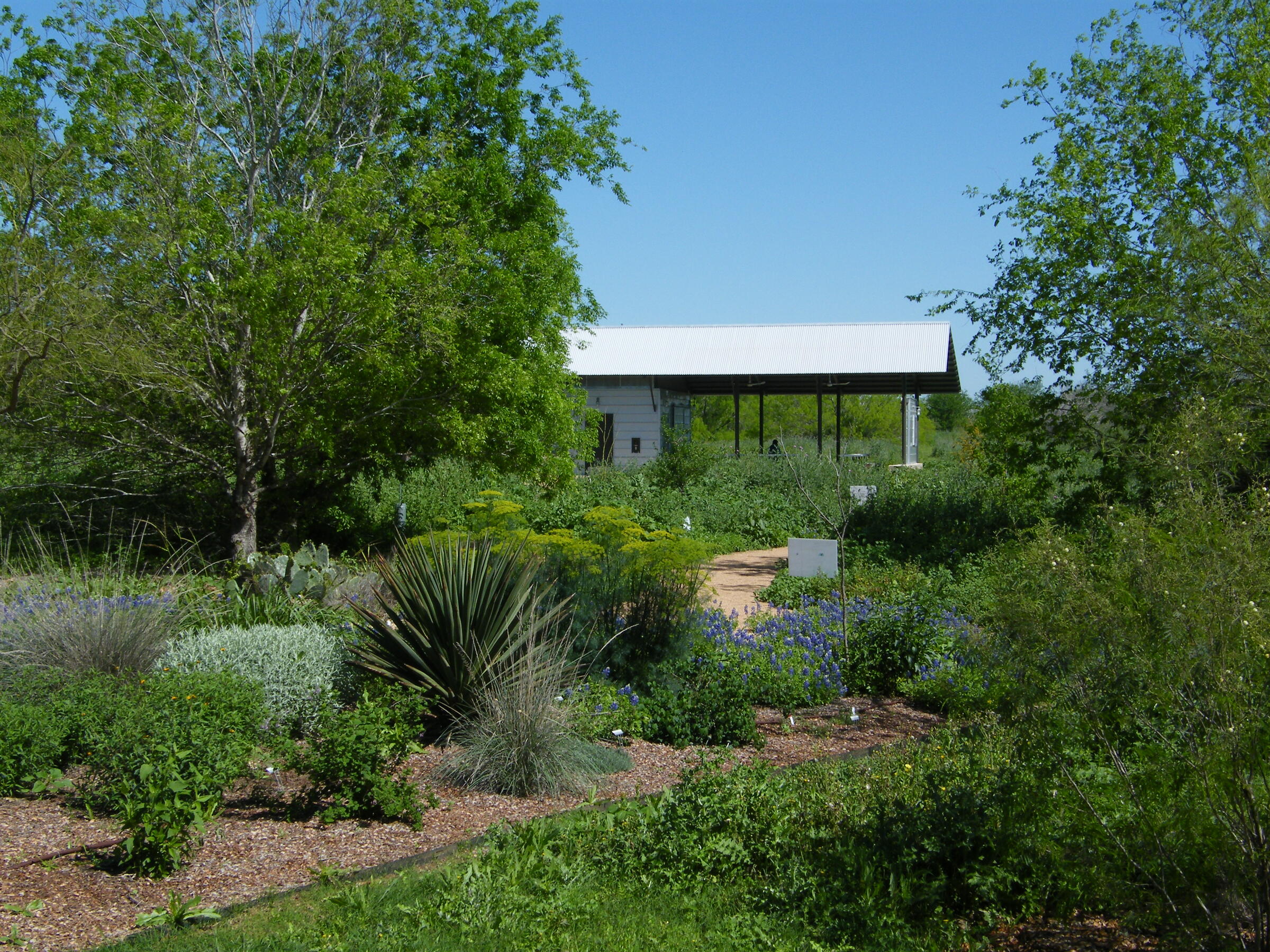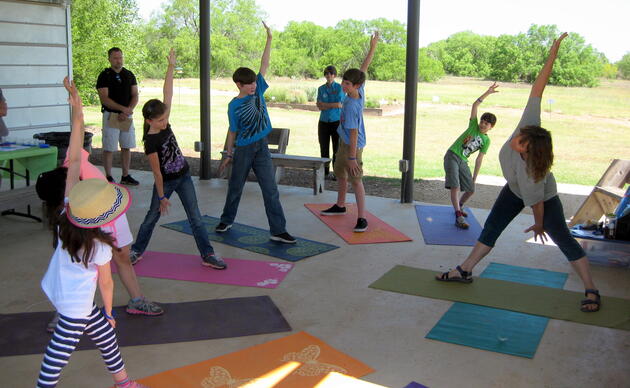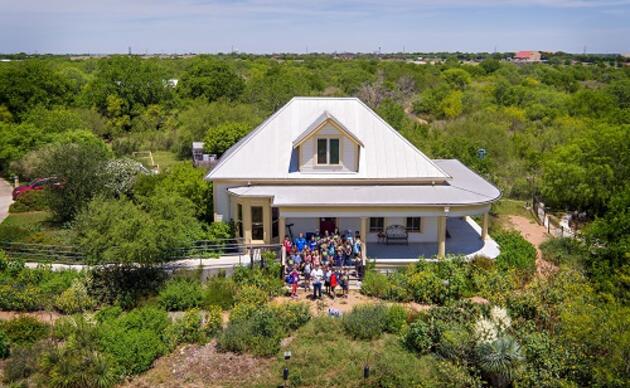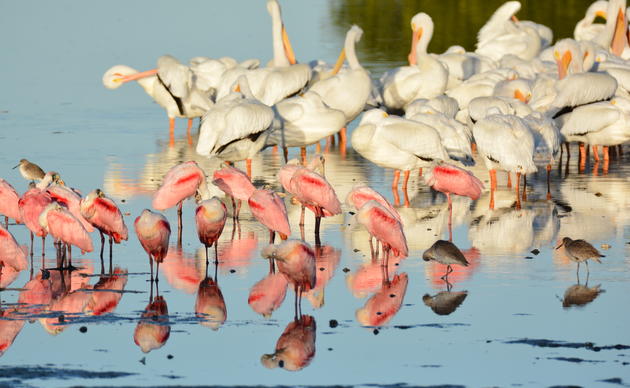One of the most confusing and frustrating issues surrounding hiking on natural surface trails in our area is the concept of not hiking on wet trails. Put simply, to protect and keep our trails from eroding, we avoid hiking or driving on wet trails.
Many of our visitors come from areas that don’t worry about wet trails or are visitors who grew up hiking on wet trails and wonder why we would close our trails when they are wet. So what makes us different? The soils in our area are clay-based. This soil, which makes up much of our trails, does not hold up to use, such as sandy soils found in other areas. When trails are wet, our trail surfaces are susceptible to ruts and compaction. This is not unique to our area. An internet search will show that it is not uncommon for trails throughout the world to be closed to hikers and other users when they are wet.
So who cares about a few ruts or a bit of mud? We all should, and here’s why…
- Land Management – Audubon has committed to managing this land to protect the local flora and fauna, from insects to birds and plants to mammals. Sustainable trails, those that are built to specifications to lower the need to manually maintain, reduce the impact to nature and reduce the cost and time to repair. We would not have these trails, or the other natural surface area trails in the area, if the goal was simply to build a trail and then not have any sort of management, leading to the destruction of the trails. If we don’t work together to keep our trails sustainable, it costs us all by reducing future trail opportunities and can even result in closing existing trails permemantly.
- Erosion – Believe it or not, there are a lot of factors that go into sustainable trails. Erosion is the natural process by which rock and soil are worn away by wind, water and traffic. It’s also the trail’s worst enemy. Left unchecked, erosion can destroy trails and damage the environment. Trail erosion is accelerated by a combination of trail users, gravity and water. All trail users loosen soil. Water compounds the problem if it is allowed to channel or “focus” down the trail. Focused water occurs when ruts and compacted soil are allowed to form. It gains velocity and energy, washing away precious soil and cutting deeper into the tread each time it flows. Trails in a metro area will get much more traffic than a typical light trail might, which means the impact to the trails is magnified.
- Good Trail Design – Our trails are built based on the science of sustainable trails, meaning that trails are built so that water can easily drain across and off a trail rather than directly down a trail. Trails that do not allow for water drainage catch, hold and channel water, helping to erode and destroy the trail. When users hike on wet trails, they cause mud to pack, add ruts that hold water and unintentionally create berms along the sides of trails. The berms and ruts cause water to get trapped on the trail. Since the water must flow downhill, it will now follow the trail rather than flow across it. This starts a channel of erosion, which compounds the effects of the berm and starts to wash soil down the trail. As conditions worsen, water is held on the trail longer, further compounding the erosion issue which in turn requires much more time for trails to dry out and get hikers back on the trail.
Although most of this information related to walking trails, it applys even more so to driving trails.
Let’s Work Together
If you have made it this far, we hope you have begun to understand that hiking on wet trails isn’t about the hiker’s preference. It’s not about whether you get mud on your hiking boots. It’s not about whether you are capable of hiking on a wet trail; it’s about whether you SHOULD. We have thousands of hikers enjoying our trails each year and we want to continue to make our trails available to the public. We ask that you help us show that hikers, trail runners, mountain bikers, and other trail users can be respectful of the land and respectful of those that make our local trails possible. Respecting existing trails and land manager decisions results in the creation of additional trails and less costly maintenance of lands already accessible to the public. Destruction of trails and disrespect of land manager efforts results in the closing of trails and less land made available for public access.
When we close our trails, we post on Mitchell Lake Audubon Center’s homepage: mitchelllake.audubon.org.
Learn More
For more information on how trail use impacts erosion, we suggest the following:
- http://www.uvm.edu/~snrvtdc/trails/erosionalimpactofhikers.pdf
- https://www.americantrails.org/resources/sustainable-trails-doing-it-right-the-first-time
- https://www.countynewscenter.com/why-do-some-trails-close-when-it-rains/
This was created through modification of the text located at: http://www.lebanonhills.com/sustainable-trails/
How you can help, right now
Become a Member
Enjoy free admission, discounts in our nature store, and free and discounted programs.





